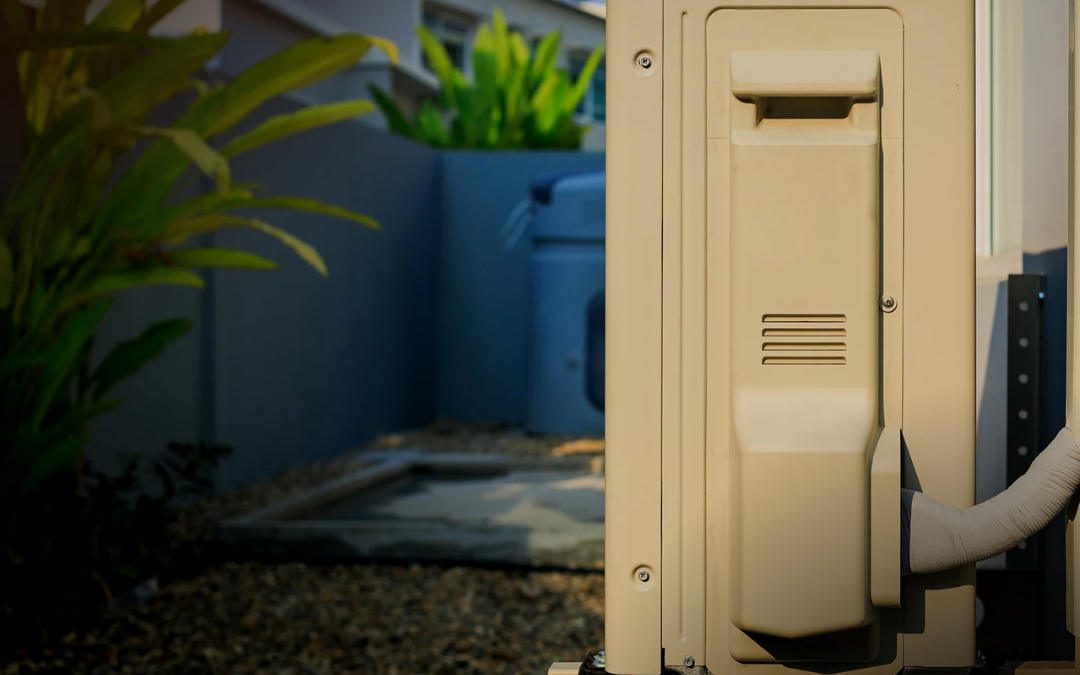Outdoor AC Unit Maintenance Las Cruces. Las Cruces, New Mexico, with its stunning landscapes and abundant sunshine, requires a dependable air conditioning system to keep indoor spaces comfortable during the sweltering summer months. The outdoor AC unit, essential to your cooling system, plays a vital role in this process. Failing to maintain it properly can result in decreased efficiency, higher energy bills, and ultimately, a costly breakdown at the worst possible time. For homeowners in Las Cruces, understanding the importance of regular outdoor AC unit maintenance and implementing a routine upkeep plan is crucial for ensuring consistent and affordable cooling.
Is it Necessary to Clean AC Outdoor Unit?
The question of whether or not to clean your outdoor AC unit is not a matter of preference – it’s an absolute necessity. The outdoor unit, also known as the condenser, is responsible for releasing the heat absorbed from your home into the outside air. This process relies heavily on the efficient transfer of heat across the condenser coils. Over time, these coils become coated with a layer of dirt, dust, pollen, grass clippings, leaves, insect debris, and even cottonwood fluff, all of which are abundant in the Las Cruces environment.
This accumulated debris acts as an insulator, preventing the efficient dissipation of heat. As a result, your AC unit has to work harder and longer to achieve the desired cooling temperature. This leads to several detrimental consequences:
Reduced Cooling Efficiency: Your home won’t cool down as effectively, and you might find yourself constantly lowering the thermostat.
Increased Energy Consumption: The unit working harder draws more electricity, leading to significantly higher energy bills.
Strain on Components: The increased workload puts undue stress on vital components like the compressor and fan motor, potentially leading to premature wear and tear and costly breakdowns.
Shortened Lifespan: Neglecting cleaning can significantly reduce the overall lifespan of your outdoor AC unit, requiring you to replace it sooner than necessary.
Potential for Overheating and Failure: In severe cases, a heavily clogged condenser coil can cause the unit to overheat and shut down completely, leaving you without cooling during the hottest days.
Therefore, regularly cleaning your outdoor AC unit is not just recommended – it’s a fundamental aspect of proper maintenance that directly impacts performance, energy efficiency, lifespan, and reliability.
Outdoor AC Unit Maintenance Checklist
To ensure your outdoor AC unit operates optimally throughout the Las Cruces summer, follow this detailed maintenance checklist:
Power Disconnection: Crucially, always turn off the power to your outdoor AC unit at the breaker box before attempting any cleaning or maintenance. This is essential for your safety.
Clear Surrounding Area: Ensure there is ample clear space (at least 2-3 feet) around the unit. Trim back any bushes, plants, or vines that are growing too close and could obstruct airflow. Remove any debris, such as leaves, branches, or stored items, from the vicinity.
Inspect the Cabinet: Check the exterior of the unit for any signs of damage, such as dents, rust, or loose panels. Ensure the fan grill is intact and not blocked.
Clean the Condenser Fins: The condenser fins are the thin metal slats surrounding the coils. These are prime areas for dust and debris accumulation.
Gentle Brush: Use a soft-bristled brush (like a paintbrush or a specialized fin brush) to gently brush away loose dirt and debris from the fins. Brush in a downward motion, following the direction of the fins. Avoid bending or damaging the delicate fins.
Low-Pressure Water Rinse: Once you’ve brushed away the loose debris, use a low-pressure garden hose to rinse the fins from the inside out. Avoid using a high-pressure sprayer, as this can damage the fins. Be careful not to spray water directly into the electrical components.
Clean the Fan Blades: With the power still off, carefully inspect the fan blades for any cracks or damage. Gently wipe down the blades with a damp cloth to remove any dust or debris. Ensure they can spin freely.
Inspect Refrigerant Lines: Visually check the insulated refrigerant lines that connect the outdoor and indoor units. Look for any signs of leaks (oily residue), kinks, or damage to the insulation. If you suspect a leak, contact a qualified HVAC technician.
Check Electrical Connections (Visual): While the power is off, visually inspect the accessible electrical connections for any signs of corrosion or loose wiring. Do not attempt to tighten or repair electrical connections yourself unless you are a qualified electrician. If you see any issues, call a professional.
Clear Condensate Drain: Locate the condensate drain line near the outdoor unit (it’s usually a PVC pipe). Check for any blockages or standing water. You can try to gently clear minor blockages with a stiff wire or by using a wet/dry vacuum to suction out debris. Persistent clogs require professional attention.
Level the Unit: Ensure the outdoor unit is sitting level on its pad. An unlevel unit can cause stress on internal components. If it’s significantly unlevel, you may need to adjust the pad or consult a professional.
Professional Inspection (Annual): While the above steps are essential for regular homeowner maintenance, it’s crucial to schedule an annual professional HVAC tune-up. A qualified technician will perform more in-depth checks, including:
Checking refrigerant levels and pressure.
Testing electrical components (capacitors, contactors).
Inspecting the compressor.
Lubricating moving parts.
Calibrating the thermostat.
Checking for leaks.
Ensuring proper airflow.
By incorporating these steps into your routine, you can ensure your outdoor AC unit in Las Cruces operates efficiently and reliably throughout the scorching summer months, saving you money and keeping your home comfortably cool. Don’t underestimate the power of regular cleaning and professional maintenance – it’s the key to a long-lasting and efficient cooling system.

